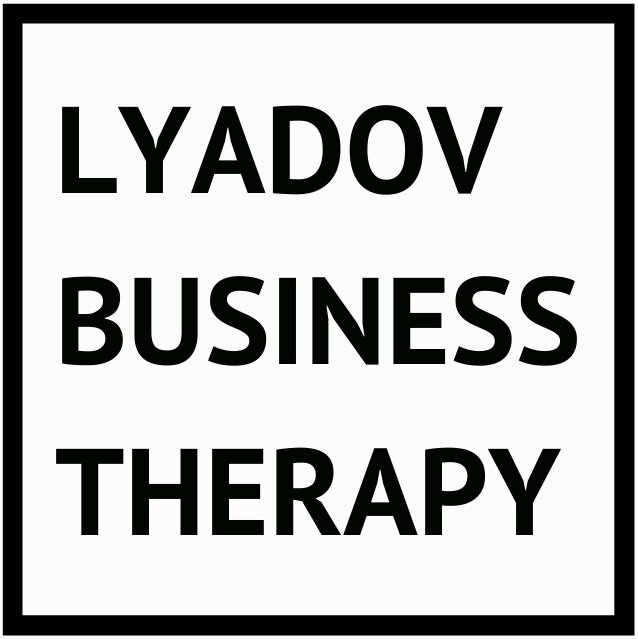There is no point in furiously attacking a serious problem head-on. Especially if it arose a long time ago and refuses to disappear.
This hints that the problem is systemic. It's deeply integrated into the context. For example, cutting down an old oak tree isn't hard, but try uprooting the stump!
It's clear why we crave to free ourselves with one strong pull. There's hope: "Maybe it’ll work? Maybe it's not that bad." There's also irritation: "Why the heck is something ruining my plans?!"
But hysterical thrashing only entangles the dragonfly in the web, while signaling the spider. The spider isn't there by accident. It's an integral part of the environment.
So, your first step isn't to act, but to observe. Load your processor with enough data.
Then, understand the type of problem you're facing. Your issue is unlikely unique. This means a solution template already exists.
Next, form several solution options. You want to attack the problem indirectly, focusing all your power on the point where the problem is most vulnerable. You need Leverage.
Then, the impregnable fortress collapses like a house of cards. And you didn't even break a sweat. You made one decisive move at the right moment.
The main work happened inside. You have successfully rethought and perhaps reframed the problem.
The right question isn't "What to do?" but "How to think about it?"
Sincerely yours,
-Alexander
About me:
As a business therapist, I help tech founders quickly solve dilemmas at the intersection of business and personality, and boost company value as a result.
How can I help you?
If you've long been trying to understand what is limiting you and/or your business and how to finally give important changes a push, then The Catalyst Session is designed specifically for you. Book it here.


